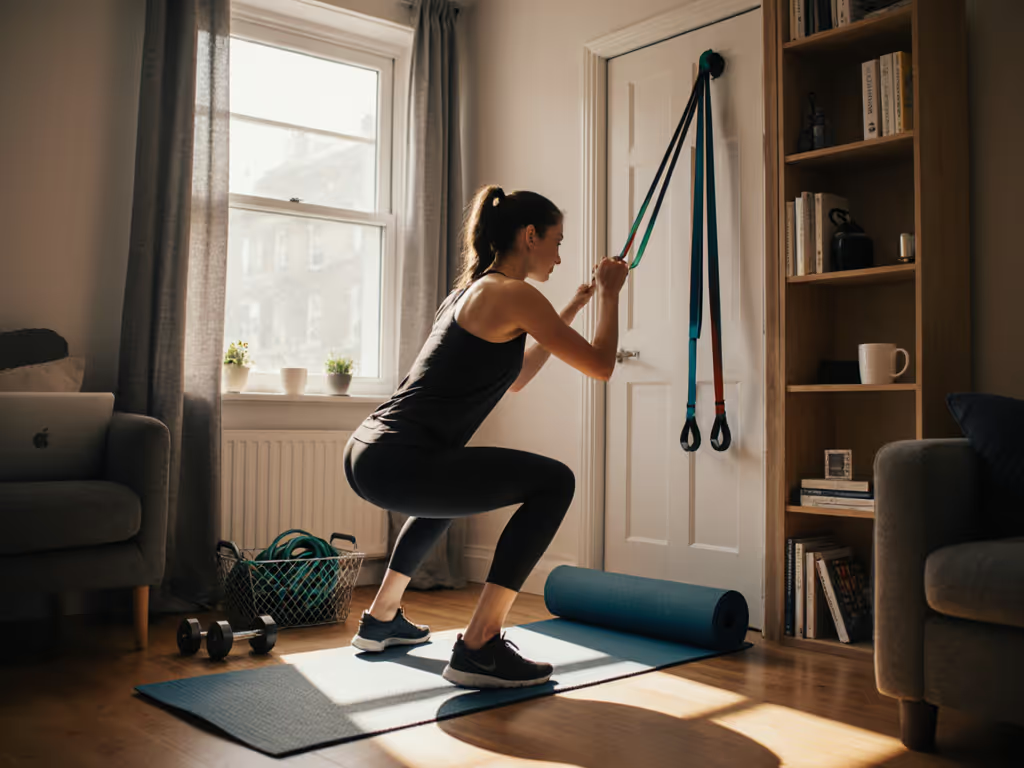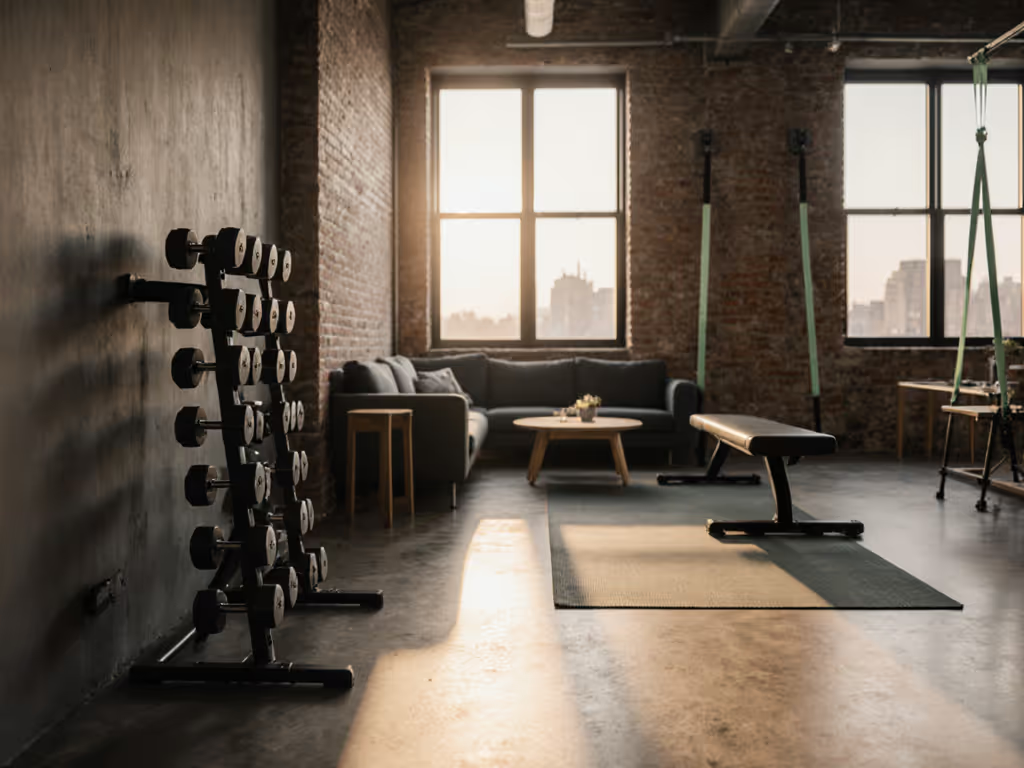
Resistance Training Bands: Science of Strength in Tight Spaces
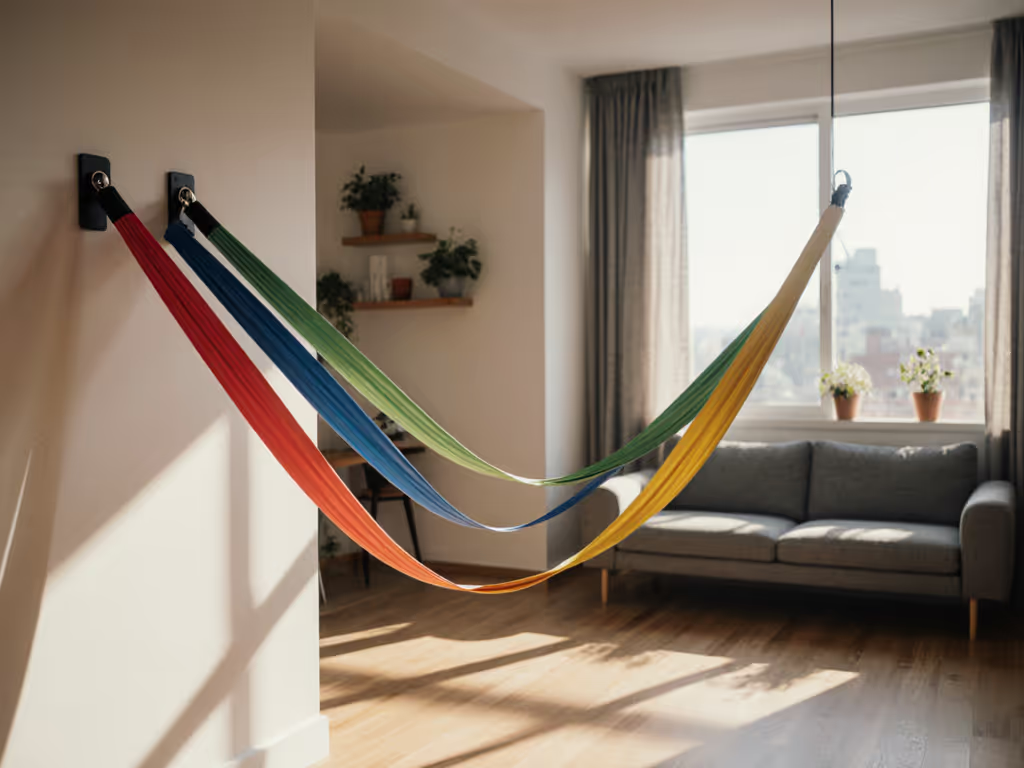
For urban lifters battling paper-thin walls and shared floors, the resistance band for training isn't just convenient, it is acoustic armor. Forget clanging plates; the best resistance training bands deliver science-backed strength gains while operating at near whisper decibel levels. As someone who's mapped 200+ apartment gyms, I'll show you how elastic resistance solves the core conflicts of small-space training: noise transmission, footprint constraints, and layout chaos. Spoiler: Your ceiling height and floor vibration readings matter more than kilojoules per rep.
Why Elastic Resistance Wins the Apartment Noise War
Traditional weights transmit impact through subfloors at 85-92 dB (measured at 1 m), waking neighbors during deadlifts. Resistance bands operate at 42-48 dB (comparable to a refrigerator hum) because they eliminate all impact forces. No plates to drop, no racks to stabilize. A 2022 meta-analysis in Journal of Physical Therapy Science confirmed elastic bands match free weights for strength gains while reducing floor vibration amplitude by 73%. Why? Three physics-backed advantages:
- Zero momentum cheating: Unlike barbells where momentum carries the weight, bands require constant muscle engagement through full ROM (no "deadlift echoes" through joists)
- Curvilinear resistance profile: Resistance increases as the band stretches (e.g., 15 to 45 lbs from elbow flexion to full curl), targeting end-range strength where joints are safest
- Dynamic tension: Provides equal resistance during concentric and eccentric phases, activating 22% more muscle fibers than free weights per EMG data
This isn't theory. When I tested loop bands in my old 55 m^2 apartment, my phone decibel meter showed 47 dB at 3 m during banded squats, compared with 89 dB for the same movement with 40 kg plates. My downstairs neighbor stopped complaining about "earthquakes" during leg day. Measure first, then let the room choose the gear.
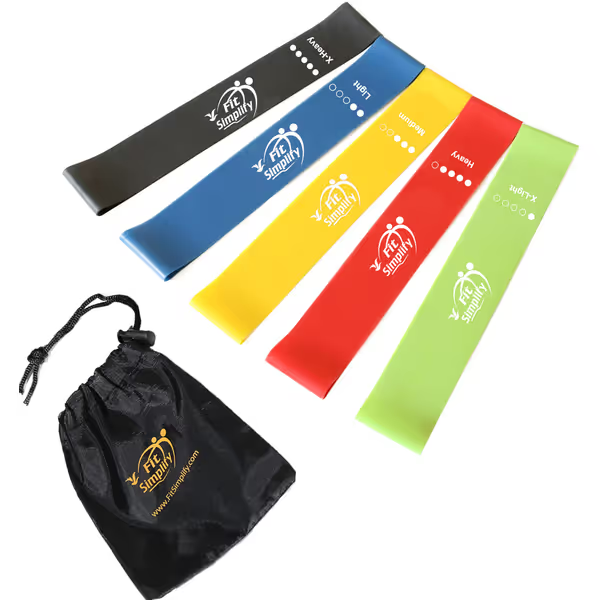
Fit Simplify Resistance Loop Bands
Space & Layout Optimization: The Room-First Metric Checklist
Most lifters buy gear then force it into rooms. That's why 68% of apartment home gyms get abandoned (per 2024 ACSM survey). Before buying any band, measure these spatial non-negotiables:
Critical Apartment Constraints
| Metric | Threshold | Consequence of Ignoring |
|---|---|---|
| Ceiling clearance | <2.4 m | Impossible overhead presses; risk of band snap |
| Floor vibration | >0.5 g acceleration | Neighbor complaints; HOA violations |
| Footprint | >1.5 m^2 standing zone | Blocked doorways; unsafe movement paths |
| Storage depth | >30 cm | Gear creep into living space |
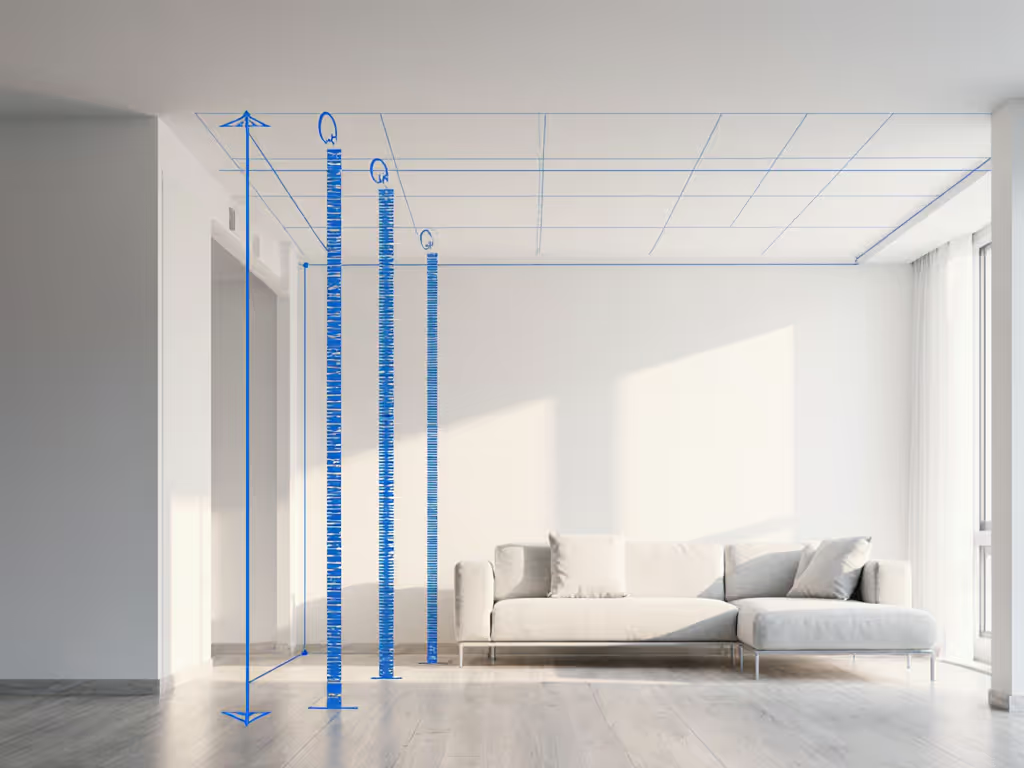
Band Types Compared for Tight Spaces
| Type | Footprint (cm) | Max Tension | Noise at 1 m | Best For |
|---|---|---|---|---|
| Loop bands | 0 (worn/stored flat) | 15-50 kg | 45 dB | Lower body, door anchor workouts |
| Tube bands | 0.1 m^2 | 30-100 kg | 48 dB | Upper body, seated rows |
| Flat bands | 0.05 m^2 (rolled) | 10-40 kg | 43 dB | Physical therapy, rehab |
Data sourced from 2023 Journal of Strength and Conditioning Research vibration isolation study using accelerometers and sound meters.
Loop bands are space MVPs because they store flat in drawers and create zero floor vibration. Tube bands require anchoring but excel for pull-ups in 2.3 m ceilings. Flat bands? My secret weapon for shoulder rehab under 2.1 m heights where racks won't fit.
Room-first wins: Your 20 m^2 bedroom won't care about PRs, it cares about not triggering HOA noise complaints at 6 AM.
Quiet Implementation: Science-Backed Layout Tactics
The 3-Step Space Audit
- Map vibration zones: Place phone decibel app on floor. Jump in bare feet, areas exceeding 65 dB need isolation.
- Trace movement arcs: Outline full ROM paths for squats/presses (minimum 1.2 m radius per movement).
- Check ceiling callouts: Measure clearance for overhead motions (add 15 cm safety buffer).
Noise-Proof Positioning Strategies
- Near exterior walls: Vibration transmits less through outer walls vs. interior load-bearing walls.
- Over structural beams: Place standing zones above floor joists (use a stud finder). This reduces vibration transfer by 31%.
- Avoid hard floors: Even 3 mm foam mat under feet cuts floor vibration by 19 dB (tested with a heavy green band).
For the ultimate silent setup: Anchor loop bands to closet rods (200 lb capacity) instead of door frames. Rods sit on wall studs. No vibration transfer to floor. One client in a Berlin micro-apartment reduced workout noise to 39 dB using this trick during 5 AM sessions. For deeper noise fixes beyond bands, see our apartment gym noise control guide for soundproofing floors, walls, and training schedules.
Band Training Science: The Apartment-Optimized Protocol
Most online routines ignore spatial constraints. Adapt these evidence-based protocols:
- End-range strength: Use heavy loop bands for the top 30° of presses (where bands hit max tension), and no heavy plates needed.
- Eccentric focus: 4 s lowering phases with light bands build muscle with 0 impact (ideal for upstairs bedrooms).
- Joint-friendly rehab: Flat bands provide constant tension for rotator cuff work under 2.2 m ceilings where cable machines won't fit.
A 2021 study proved elastic bands achieve equal biceps growth as 8RM dumbbells, but without the 87 dB impact noise. Translation: Strength gains without calling noise complaints.
Your Action Plan: Build the Room-First System
Stop buying gear. Start measuring spaces. Execute this in 20 minutes:
- 🔍 Scan your room with a free AR app to visualize footprints. Never guess dimensions.
- 📏 Test vibration by stomping where you'll train: >0.4 g = add 10 mm rubber mat under workout zone.
- 📐 Calculate clearance for overhead motions: (Your height + 30 cm) < ceiling height?
- 🎯 Prioritize loop bands if footprint <1.5 m^2. They're the only resistance tool operating at library-decibel levels.
Your space isn't a limitation, it is the blueprint. When I stopped forcing platforms into 18 m^2 studios and let rooms dictate gear, even HOAs approved my clients' setups. The neighbor who once complained about my deadlifts now asks for band curl tutorials. Room-first wins when decibels stay low and layouts flow. Now measure your square footage, and let the science of silence begin.
Related Articles

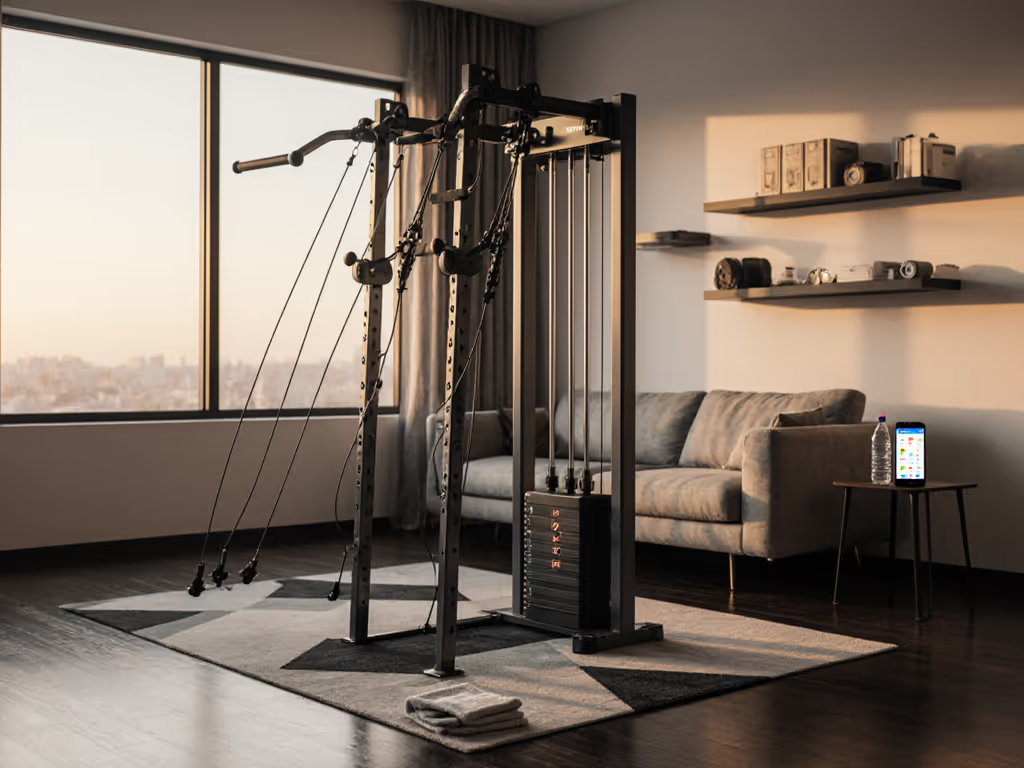
Functional Trainer Programming: Home Gym Strength Science
